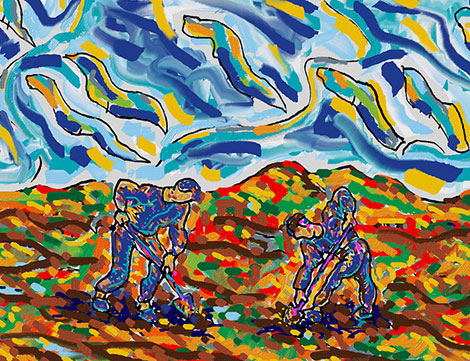
Mediation Perspectives is a periodic blog entry that’s provided by the CSS’ Mediation Support Team and occasional guest authors. Each entry is designed to highlight the utility of mediation approaches in dealing with violent political conflicts. To keep up to date with the Mediation Support Team, you can sign up to their newsletter here.
As a U.S. citizen living abroad, I have watched social media recently expose deep divisions in my country between particular communities and the authorities. (The documented and high profile killing of several black American men by law enforcement agents exemplifies the point.) What strikes me about this mutual estrangement is the parallels it has with communities around the world that suffer from weak or absent governance. In both cases, it is not surprising that individuals and communities would want to prevent further violence. One consensus-building tool they could use is the Early-Warning/Early Response (EWER) framework, which is designed to address tensions that might escalate into overt violence.
In a contribution I made to this blog series last year, I looked at top-down/bottom-up approaches to EWER. In today’s blog, I would like to elaborate on my CSS Mediation Resources publication, Preventing Violence: Community-based Approaches to Early Warning/Early Response, which provides a ‘best practices’ resource for communities, practitioners, policy makers, and researchers, looking at the successes, pitfalls and promises of EWER mechanisms. At its heart, the publication affirms the essential role of building relationships and trust within communities, and between them and the authorities that should ideally serve them.





